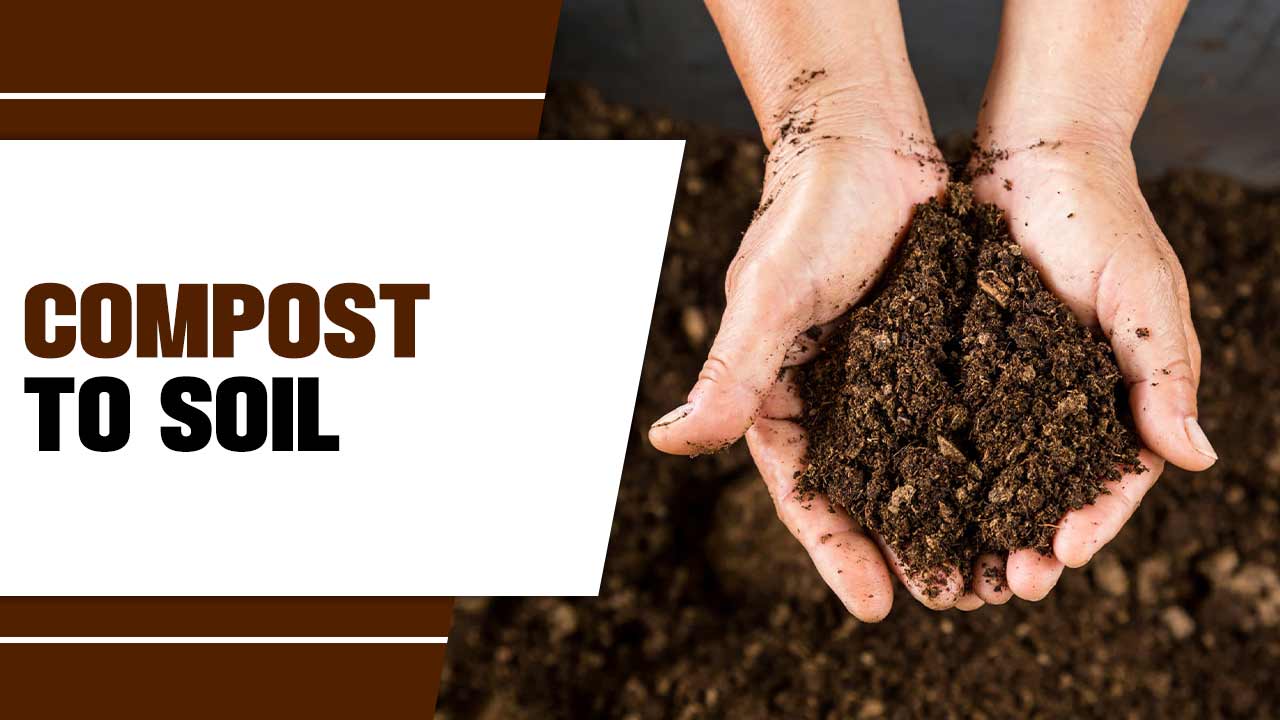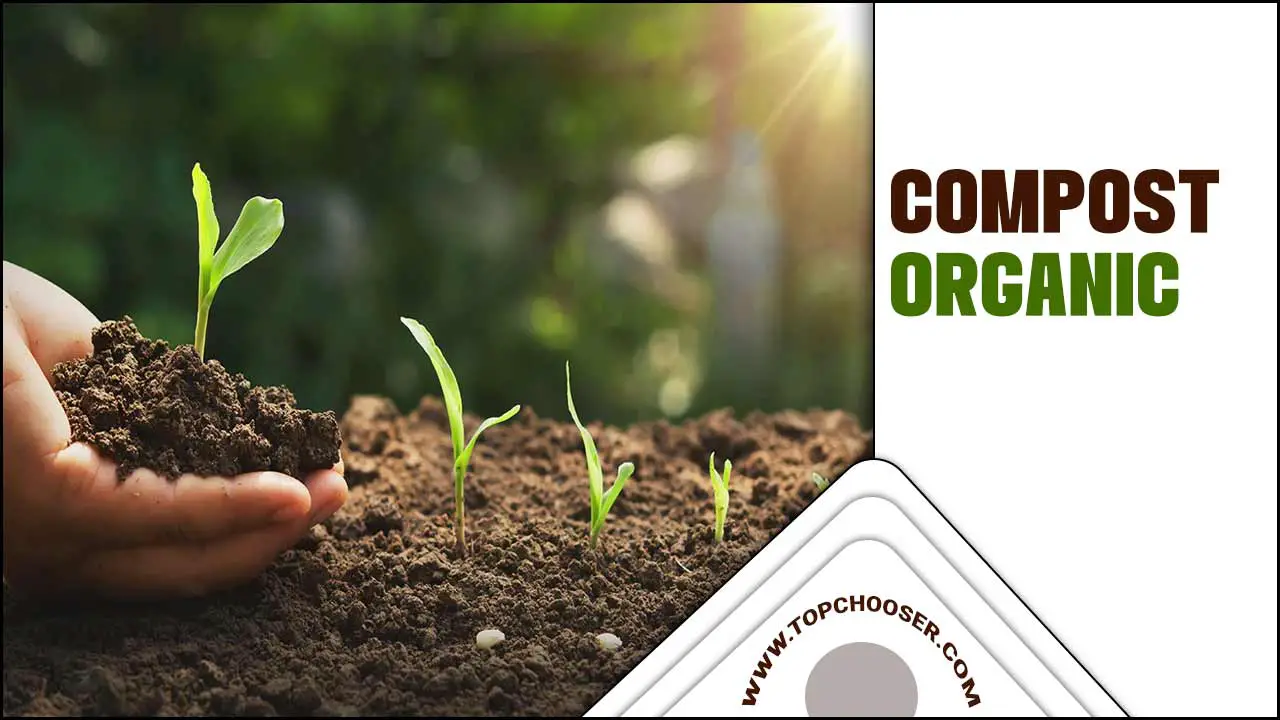Podocarpus, also known as the yew pine, is a popular evergreen shrub in many gardens and landscapes across the world. Its versatility in shade and sun and its ability to grow in various soil types make it a favorite among gardeners.
However, if you have podocarpus in your garden, you may wonder how to make it grow thicker. Fortunately, you can take a few simple steps to encourage thicker and healthier growth in your podocarpus.
We’ll go over everything you need to know about How to make podocarpus grow thicker. However, we’ll cover everything from providing the right conditions for growth to pruning and fertilizing techniques. We’ll also discuss common problems that podocarpus may face and how to address them.
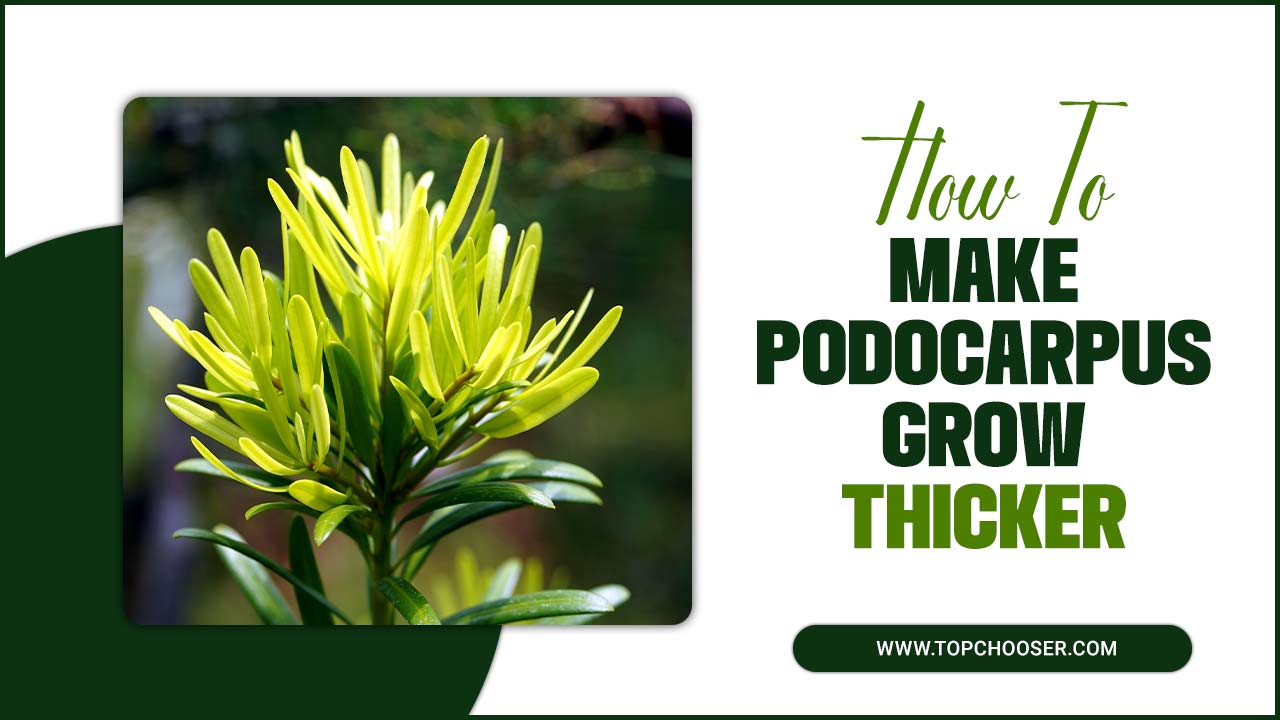
5 Tips On How To Make Podocarpus Grow Thicker
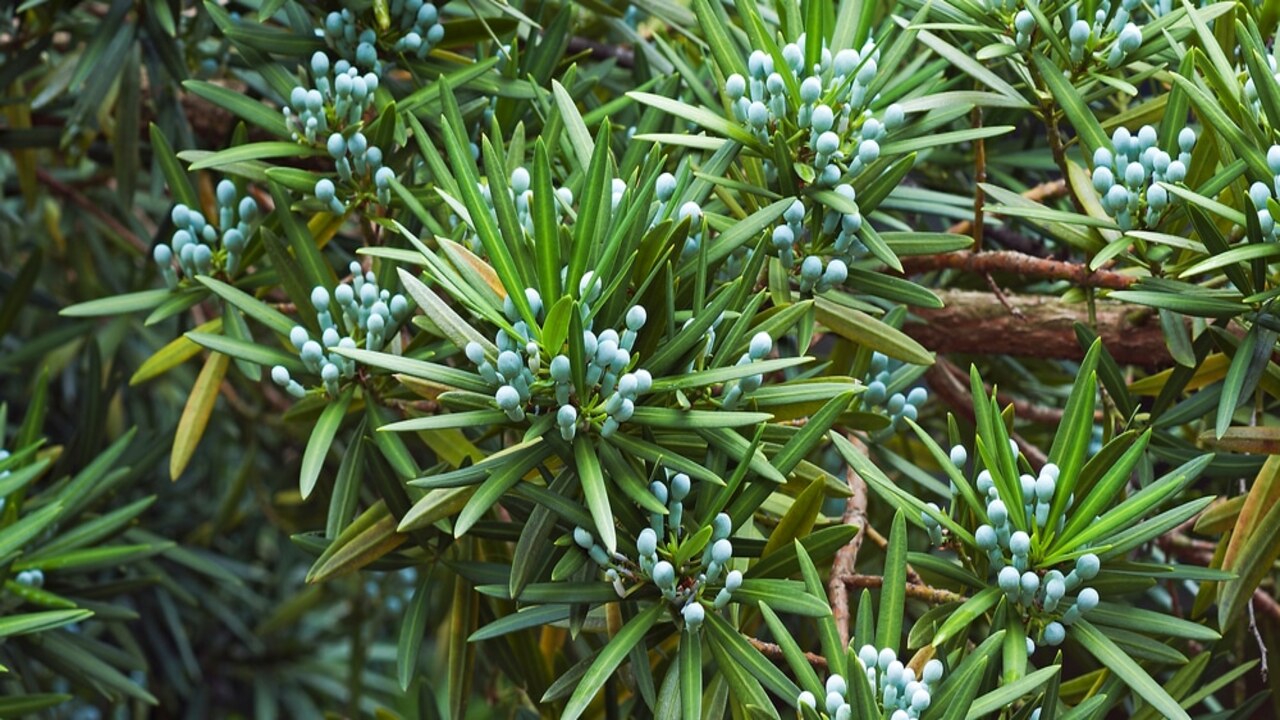
If you want to make your podocarpus plant grow thicker, there are a few steps you can take. First, make sure the plant is getting enough sunlight. Podocarpus plants thrive in full sun, so if yours is not getting enough light, consider moving it to a sunnier spot. Additionally, regular pruning can help promote thicker growth.
Trimming back the branches can encourage new growth and create a denser appearance. Finally, make sure the plant is receiving adequate water and nutrients. Proper watering and fertilization can help support healthy growth and contribute to a thicker overall appearance. With these tips, you can help your podocarpus plant grow thicker and fuller. Here are 5 tips on How to make podocarpus grow thicker.
1. Provide Proper Sunlight And Shade For Podocarpus Growth

Proper sunlight and shade are crucial for the healthy growth of podocarpus plants. These evergreen shrubs thrive in full sun to partial shade, so it is important to provide them with the right balance of light exposure.
Ideally, podocarpus should receive at least 6 hours of direct sunlight each day, but they can also tolerate some shade during the hottest part of the day. By giving your podocarpus the proper amount of sunlight and shade, you can help promote thicker and healthier growth.
2. Ensure Regular Watering And Adequate Drainage
Regular watering and adequate drainage are essential for promoting the growth of thicker podocarpus plants. These evergreen shrubs require consistent moisture to thrive, so it is important to water them regularly, especially during dry periods or in hot climates. However, it is equally important to ensure that the soil has good drainage to prevent waterlogged conditions, which can lead to root rot and other issues.
To achieve this, make sure the soil is well-draining and consider adding organic matter or perlite to improve drainage if necessary. Additionally, avoid overwatering, as this can also negatively affect the growth and health of podocarpus plants. By providing regular watering and ensuring adequate drainage, you can help your podocarpus grow thicker and healthier over time.
3. Use Fertilizers To Promote Healthy Growth
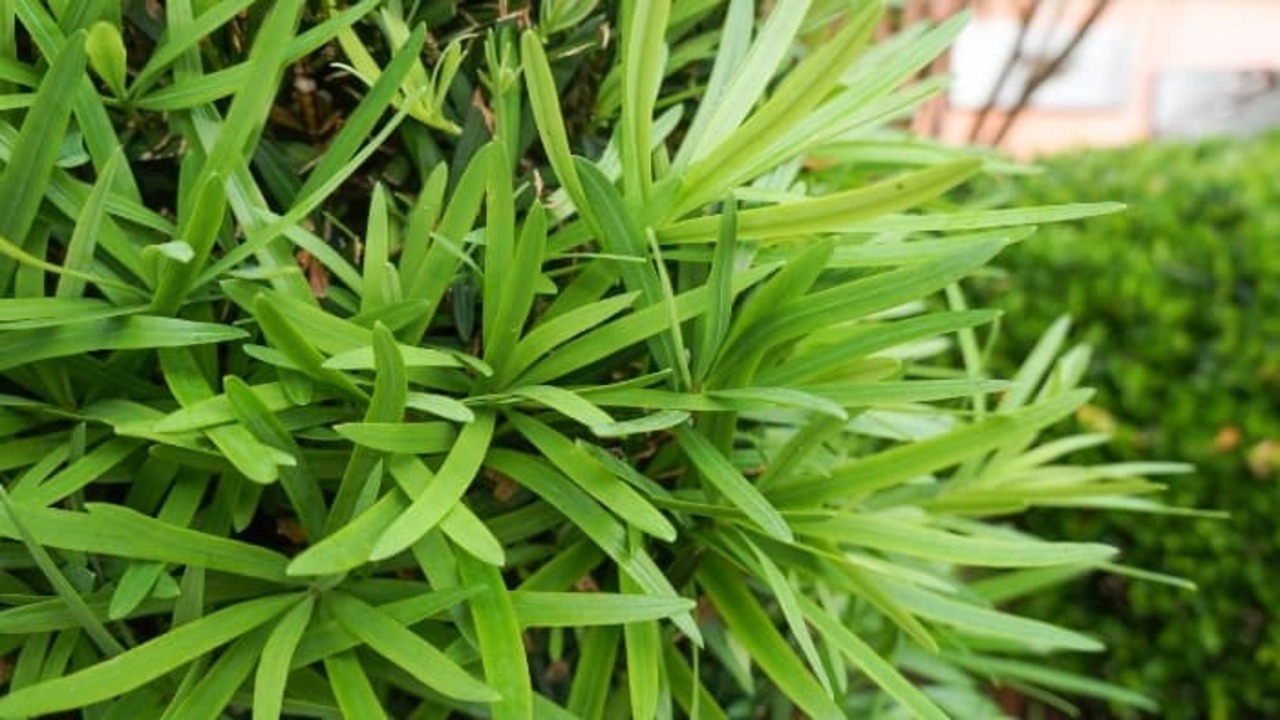
If you want to make your podocarpus grow thicker, using fertilizers can be an effective method to promote healthy growth. Fertilizers provide essential nutrients that the plant needs to thrive and develop strong, thick foliage. Look for a balanced fertilizer specifically formulated for shrubs or trees, as they will contain the necessary nutrients in the right proportions.
Apply the fertilizer according to the instructions on the packaging, making sure to distribute it around the base of the plant evenly. Regularly fertilizing your podocarpus can help stimulate new growth and improve its overall thickness and density. However, be cautious not to over-fertilize, as this can lead to nutrient burn or other problems. Always follow the recommended guidelines and monitor your plant’s response to determine if adjustments are needed.
4. Prune Podocarpus Regularly To Encourage Thickness
Pruning podocarpus regularly is an effective way to encourage thickness and fullness in the plant. By removing dead or weak branches, you can promote healthy growth and allow for better air circulation within the plant.
It is important to prune podocarpus during the appropriate time of year, which is typically in late winter or early spring before new growth begins. When pruning, make clean cuts just above a leaf node or lateral branch to encourage branching and bushier growth. Regular pruning will help maintain the desired shape and density of your podocarpus, resulting in a thicker and more attractive plant overall.
5. Protect Podocarpus From Pests And Diseases
To make podocarpus grow thicker, it is important to protect them from pests and diseases. Pests such as aphids, spider mites, and scale insects can damage the leaves and stems of the plant, leading to stunted growth. Regularly inspect your podocarpus for any signs of pest infestation and take appropriate measures to control them, such as using insecticidal soaps or horticultural oils.
Additionally, diseases like fungal infections can also affect the health of the plant. To prevent these diseases, ensure that your podocarpus is planted in well-draining soil and avoid overwatering. Proper pruning techniques can also help promote healthier growth and prevent the spread of diseases. By protecting your podocarpus from pests and diseases, you can encourage thicker and more vibrant growth.
Importance Of Light For Podocarpus Growth
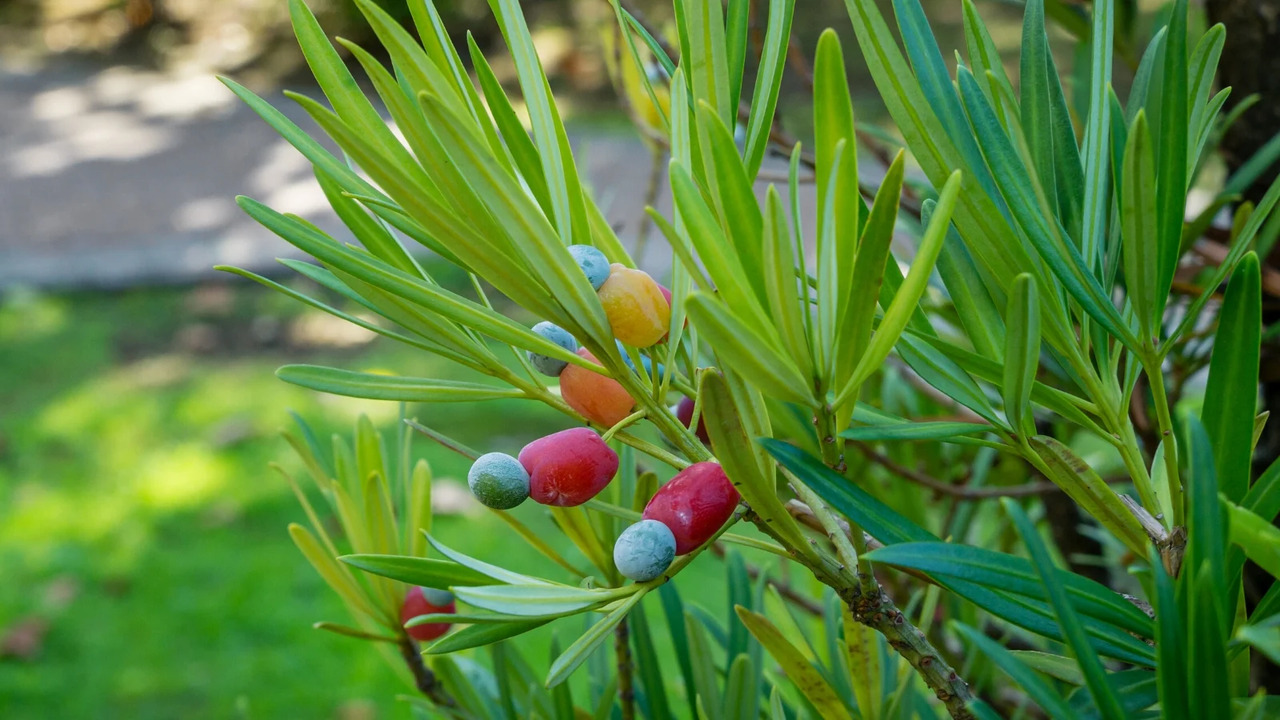
Light plays a crucial role in the growth and development of podocarpus plants. Adequate light exposure is essential for podocarpus to grow thicker and healthier. These plants thrive in bright, indirect light, so placing them where they can receive plenty of natural sunlight is important. If you are growing podocarpus indoors, choose a spot near a window that gets bright, filtered light throughout the day.
On the other hand, if you are growing podocarpus outdoors, select a spot that provides partial shade to protect the plant from intense sunlight. The right light encourages robust growth and ensures your podocarpus plants become thick and lush.
Ideal Light Conditions For Thicker Growth
Podocarpus thrives in bright, indirect light conditions, which is essential for promoting thicker foliage and overall plant health. Direct sunlight should be avoided, as it can lead to leaf scorching.
Consider placing it near a north-facing window or providing filtered light through sheer curtains to provide the ideal lighting conditions for your Podocarpus. Consistent light exposure is crucial for encouraging dense and lush growth in this evergreen shrub.
Soil Requirements For Podocarpus
Podocarpus, a popular evergreen shrub commonly used as a hedge or foliage plant, thrives in well-draining soil. The ideal soil pH for podocarpus is slightly acidic to neutral, ranging between 5.5 and 7.0. To improve soil fertility and drainage, consider adding organic matter like compost.
Avoiding heavy clay soils is important, as they can lead to root rot. Regularly testing the soil for nutrient levels will help determine if any amendments, such as fertilizer, are necessary. Mulching around the base of the plant can help retain moisture and regulate soil temperature.
Choosing The Right Soil For Podocarpus
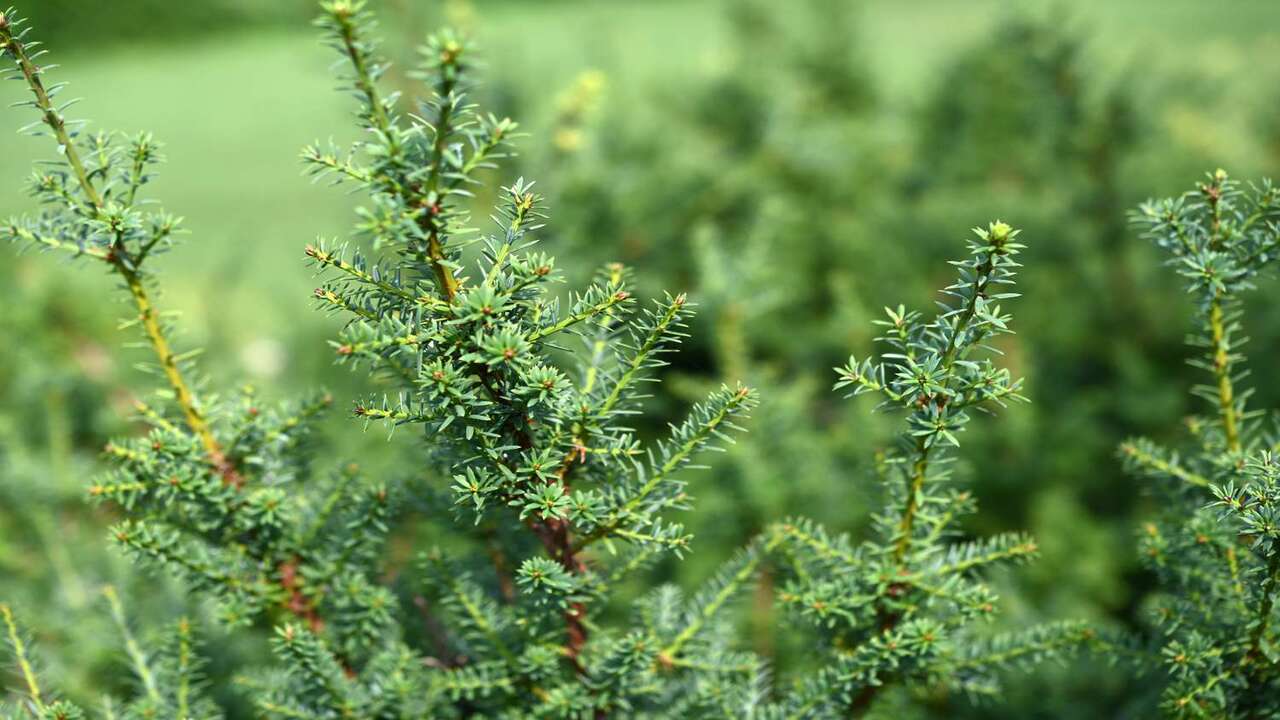
Choosing the right soil for podocarpus is crucial for ensuring it grows thicker and healthier. Podocarpus plants thrive in well-draining soil that is rich in organic matter. The ideal soil for podocarpus should be slightly acidic with a pH level between 5.5 and 6.5.
It should also be loamy or sandy, allowing water to drain easily and preventing soggy conditions that can lead to root rot. Adding compost or well-rotted manure to the soil can provide essential nutrients and improve its overall structure. Before planting your podocarpus, test the soil’s pH level and amend it to create optimal growing conditions for this beautiful shrub.
Proper Moisture Levels For Healthy Growth
Proper watering is crucial for promoting healthy growth in podocarpus. It’s important to avoid overwatering, as this can lead to root rot and fungal diseases. Regular monitoring of soil moisture levels will help determine the frequency of watering.
Deep watering is recommended to encourage profound root growth and enhance drought tolerance. When determining the watering needs of your podocarpus, consider factors such as weather conditions, soil type, and plant size. By maintaining proper moisture levels, you can ensure your podocarpus plants’ overall health and vitality.
Temperature And Humidity Considerations
Maintaining optimal temperature and humidity levels is crucial in various environments. Temperature and humidity impact human health and comfort and affect the performance and longevity of equipment and materials.
Monitoring and controlling temperature and humidity levels in homes, offices, and industries like food storage, pharmaceuticals, and manufacturing is important to maintain ideal conditions. You can create a comfortable and healthy environment by implementing tips such as proper ventilation, insulation, and using humidifiers or dehumidifiers.
How To Maintain Optimal Climate Conditions
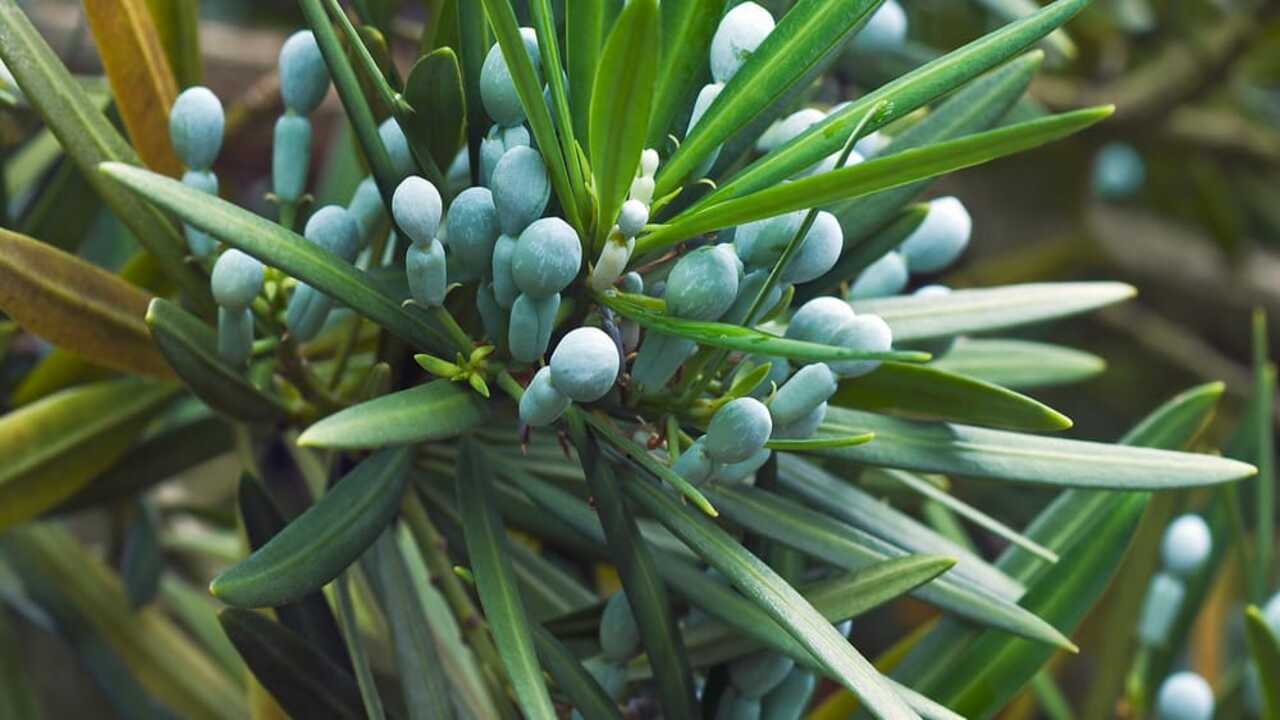
Monitoring and controlling temperature and humidity levels are crucial for creating a favorable environment for plants or sensitive equipment. This improves productivity, comfort, and overall well-being in indoor spaces and ensures the longevity of equipment and materials.
Proper ventilation and insulation play a key role in maintaining optimal climate conditions. The specific temperature and humidity requirements vary depending on the needs of the plants or equipment, so regular monitoring and adjustments are necessary to ensure consistency.
Fertilizing Your Podocarpus For Thicker Growth
Fertilizing your podocarpus is crucial for promoting thicker growth. The best time to fertilize is during the growing season, using a 6-6-6 fertilizer. Apply the fertilizer evenly around the plant’s base, ensuring that it does not over-fertilize.
This will enhance the overall health and appearance of your podocarpus. Additionally, regular trimming and pruning can help stimulate growth and maintain the dense foliage of your podocarpus hedge. Remember to choose the right fertilizer and apply it in the proper technique for optimal results.
The Role Of Pruning In Thicker Growth
Pruning plays a crucial role in promoting healthier and thicker growth in plants. You can remove dead or damaged branches using proper pruning techniques, allowing new growth to emerge.
Pruning also stimulates the production of hormones that promote thicker foliage and stronger stems. Additionally, regular pruning helps shape plants and improve their overall appearance. It also enhances air circulation and sunlight penetration, resulting in thicker and lusher growth.
Managing Pests And Diseases
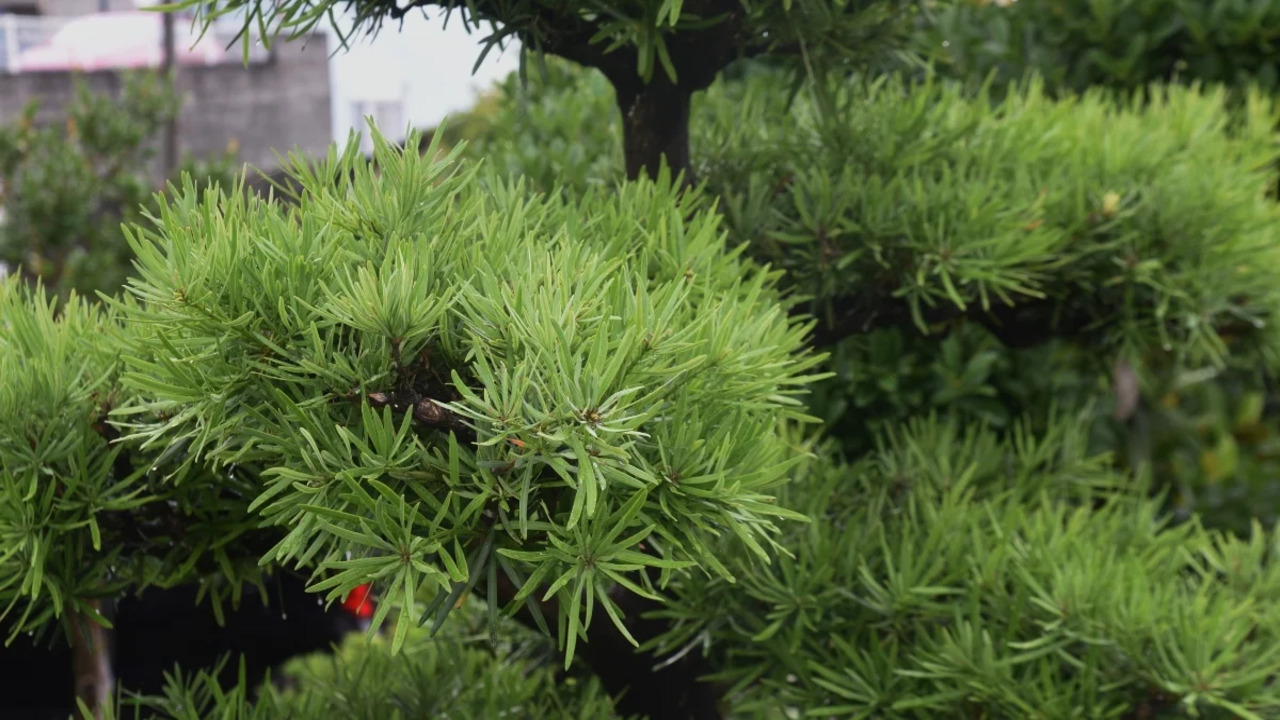
Identifying and managing pests and diseases in plants is crucial to ensure their health and vitality. By being aware of common signs and symptoms of infestation, such as wilting, yellowing leaves, or discolored spots, you can take prompt action to prevent further damage. Implementing cultural practices and integrated pest management strategies can help control and prevent pests and diseases.
This includes regular pruning, proper watering techniques, and ensuring well-draining soil. Chemical and organic treatments can also be utilized, depending on the severity of the issue. Regular monitoring and early intervention play a significant role in effectively managing pests and diseases to maintain the overall health of your plants.
Conclusion
Growing podocarpus with thicker foliage requires careful attention to various factors such as light, soil, watering, temperature, and pruning. Providing the ideal light conditions, choosing the right soil, maintaining proper moisture levels, and ensuring optimal climate conditions are essential for healthy growth.
Additionally, fertilizing your podocarpus and managing pests and diseases is crucial in promoting thicker foliage. We’ve discussed how to make podocarpus grow thicker. Following these tips and implementing the necessary care, you can successfully cultivate a podocarpus plant with lush and thick growth. Enjoy the beauty and benefits of your thriving podocarpus.
Frequently Asked Questions
[rank_math_rich_snippet id=”s-6ae8ffe7-ab6f-405c-be0f-7d04c4a91a76″]

I am passionate about home engineering. I specialize in designing, installing, and maintaining heating, ventilation, and air conditioning systems. My goal is to help people stay comfortable in their homes all year long.

